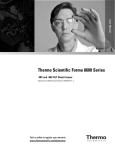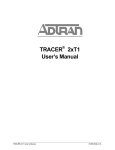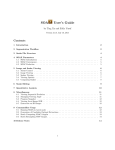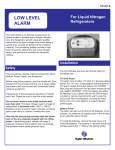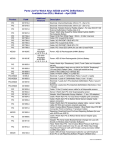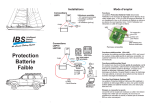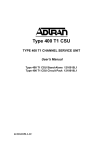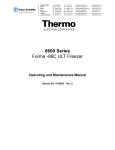Download Product Manual - Taylor Wharton
Transcript
Operating Instructions Store and use these containers only in well ventilated areas. In a confined area, nitrogen gas from these units may cause suffocation by displacing air needed for breathing. Install a suitable oxygen monitor. Do not touch liquid or cold metal surfaces with your bare skin. The liquid nitrogen refrigerant in these containers is extremely cold: -196° C (-320°F). Exposure of skin or eyes to liquid, cold gas or frosted parts could result in a severe frostbite-like injury. Because of the extremely low temperature, a face shield and gloves must be worn when transferring liquid nitrogen and material into of out of these containers. Use only the necktube core supplied with this unit or a listed replacement part. A tight fitting plug or stopper will cause a pressure increase in the container that may damage the container and/or cause personal injury. OPERATION Filling: Adding liquid nitrogen to a warm container may cause splashing and will generate a significant volume of nitrogen gas as cold liquid contacts warm dewar surfaces. Add liquid slowly to minimize these effects. Be sure there is adequate ventilation. Keep your head clear of the heavy volume of vapor that may be produced. It is extremely cold and could cause personal injury. WARNING DO NOT OVERFILL. Over-filling may result in personal injury due to liquid spillage. DETERMINING LIQUID LEVEL: Liquid level must be checked at regular intervals. The liquid level in the container can be determined with a dipstick. Insert the dipstick straight into the container so that it rests on the bottom of the units. After 5 to 10 seconds, withdraw the dipstick and wave it back and forth in the air. A frosted section will form representing the depth of liquid in the container. WARNING Never use a hollow rod or tube as a measuring rod. When a warm tube is inserted into liquid nitrogen, liquid will spout from the top of the tube and may cause personal injury. The liquid level chart shows volume of liquid nitrogen vs. depth for LD series dewars. These values are approximate and are based on a standard conditions. Liquid Level Chart* Liters/inch Liters/cm 0.4 0.16 0.43 0.17 0.76 0.3 1.41 0.56 2.67 1.05 TW-349 * Due to the sperical shape of the Classic-25, the linear calculations above will not apply. ROUTINE CARE AND MAINTENANCE If ice-build up interferes with normal operation of the dewar, the unit should be emptied and thawed. To thaw the unit, pour out the liquid, disposing of it out of doors where the cold liquid will not damage driveways and other surfaces. Warm the dewar by purging it with a stream of room temperature air. Continue purging with air even after the dewar has warmed to room temperature to evaporate any collected moisture. When the dewar is ice-free and dry, rinse the inner vessel with household bleach. Wash the inner vessel with a 40 to 1 ratio of water to laundry detergent solution. Rinse and dry inside and out thoroughly before placing the container back into service. Do not use sharp instruments to chip ice; permanent damage to the dewar could result. DO NOT attempt to fasten any device to the dewar. Welding, brazing, or piercing of the dewar in any manner will cause permanent damage. Check liquid levels regularly. If high evaporation rates are apparent under normal operating conditions, the dewar may be losing its vacuum. Sweating and the formation of frost on the outer casing are indications that the dewar may be losing its vacuum. Sweating or freezing of the outside casing are definite indications that the insulation integrity is not normal. If these conditions persist, contact you supplier or Taylor-Whartons Technical Response Department at 1-800-TW-TANKS (898-2657) or email us at [email protected] for information on how to conduct a normal evaporation rate (NER) test in the field. TRANSPORTATION Although these dewars are rugged, they can be damaged if abuse or otherwise mishandled. When moving or transporting a dewar, take every precaution to prevent tipping, bumping, or dropping the unit. All dewars must be kept upright. Dewars containing liquid nitrogen must never be transported in sealed compartments. Ventilation must be assured to prevent the displacement of air and the related suffocation hazard. DEWAR CONSTRUCTION A cryogenic dewar is really two containers, one within the other. High-technology insulation is used in a sealed vacuum space between the inner and outer containers. The integrity of the vacuum is the key to continued performance. LD SERIES Following are a few of the safety precautions described in the Handle with Care booklet. Please be sure to read the entire booklet. Model LD4 5LD LD10 LD25 LD35, LD50 Liquid Nitrogen Dewars SAFETY Before using any cryogenic dewar, read the Handle with Care booklet provided with the unit. It details safety precautions that must be understood before using the equipment. If a replacement booklet is needed, order publication TW-10 Handle with Care from your supplier.


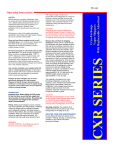
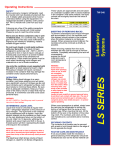
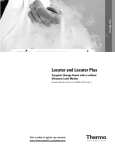
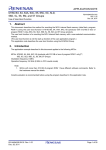
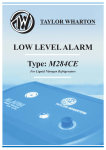
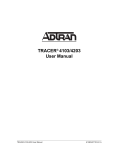
![TSD Series -40C ULT User Manual [EN]](http://vs1.manualzilla.com/store/data/005634658_1-66c9db561a67486106446026c707a26c-150x150.png)
